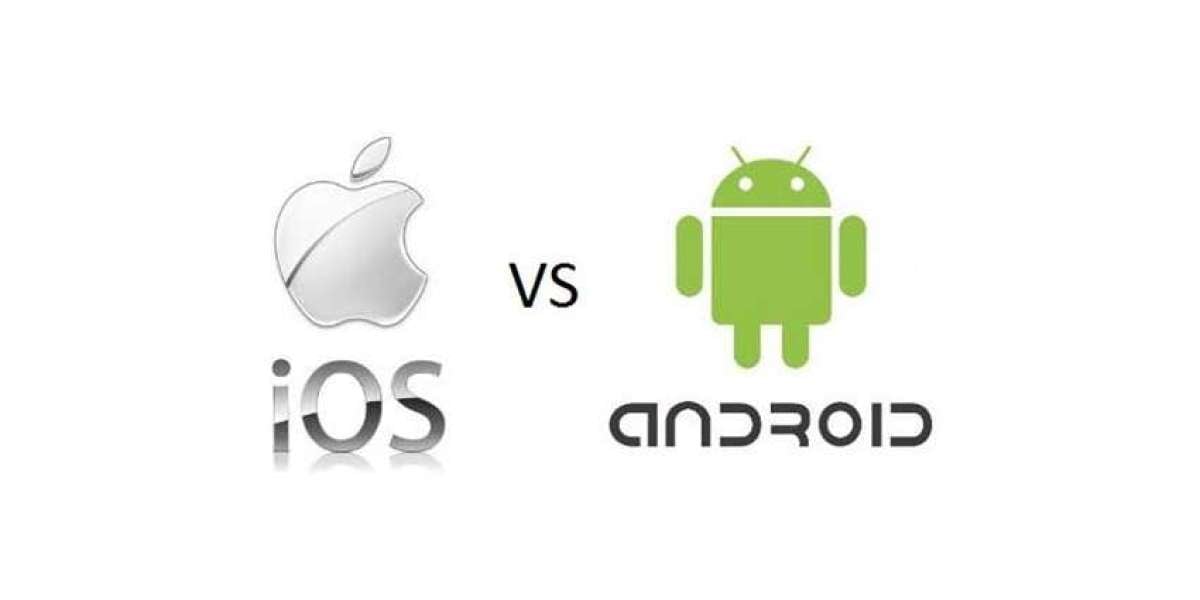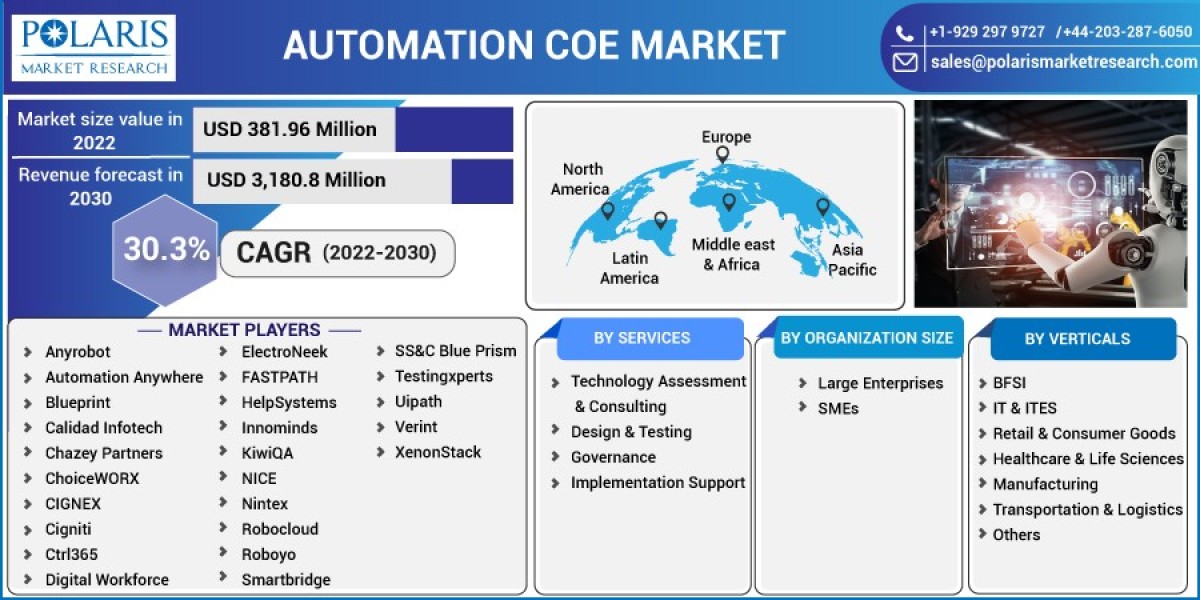Navigating the tech world can often feel like finding your way through a labyrinth. And nowhere is this more true than in the ongoing debate between Apple and Android users about which platform reigns supreme. The comparison, however, is not as straightforward as it might seem. Both platforms have their merits and demerits, particularly in design, which play a significant role in determining user experience. This article aims to objectively analyze the design divergence between Apple's orchard and Android's open market, each providing a distinct approach to creating user experiences.
Design Philosophy: Contrasting Apple and Android
Apple and Android operate on fundamentally different design philosophies. For Apple, the key is control - a meticulous orchestration of every design element to create a sleek and user-friendly ecosystem. Their approach is akin to a tightly scripted symphony, each note thoughtfully planned and flawlessly executed.
Android, however, dances to a different tune. Embracing an open-source philosophy it gives developers the freedom to mix, match, tweak, and reshape the system to their heart's content. It's more of a jam session, where new rhythms and melodies can be discovered and explored, leading to an eclectic mix of user experiences.
Apple offers a carefully curated art gallery, where each piece is painstakingly chosen to create a cohesive aesthetic. On the flip side, Android is like a bustling marketplace, teeming with diversity and endless possibilities for customization. Both philosophies have their merits and cater to different user preferences.
Good To Read:- IOS Vs Android
Understanding Apple's Walled Garden: Good and Bad
People call Apple's ecosystem the "walled garden." It's a great example of ultimate control and sameness. Every bit is thought out and consistent. It ensures a smooth, same feel across their devices. But there's a catch. While it guarantees good quality and easy use, it brings limits too. You learn one Apple device and you know them all - they work the same.
The issue though is with personalization. In Apple's world, options are limited. A uniform, streamlined experience can seem boring to those seeking uniqueness. So, when you opt for Apple, you also opt for their carefully controlled experience, there's not much room for deviation.
Overall, this thorough control has pros and cons. Some find comfort in the smooth, reliable experience in the garden, others might feel a tad confined due to limited customization.
Importantly, there's no winning team between Apple's design and Android's. Instead, each serves a different user scenario and preference. Both have their unique charm.
Android's Open Market: A World of Options
Enter Android universe: it's wide and full of different choices. This open-source base is a field for everyone who likes to customize things. It gives them the power to tweak their experience as they wish. Android's basis is freedom and flexibility. It lets users create their way through the technological landscape.
Yet, this freedom presents a challenge. There's variety in Android devices which says a lot. Considering many makers and software types, each Android gadget can give a unique user feel. This wide range is both Android's advantage and weak point.
Android's broad marketplace can sometimes invite problems. Not having a uniform rule sometimes leads to bugs and weak points. Think of a wild forest - teeming with variety, yet unpredictable.
Despite possible issues, many are drawn to Android's extensive array of choices. For those who value the ability to tweak, personalize, and try new things, Android's open-source base is a blank slate for creation. Every gadget can reflect its user's identity.
Simply put, using Android is like exploring an interactive map. The experience depends on the user and how they choose to navigate the abundant options.
Must Read:- Benefits Of Android App For Your Business
The Visual Design: Comparing Two Styles
Apple and Android have distinct design identities. Apple's visuals prize simplicity. Its clean, minimalist layout gives a sense of refinement. Every aspect, from icons to fonts, is carefully selected to retain visual harmony. The outcome? A stylish yet familiar design, making all Apple devices exceptional but relatable.
Android has a different design tale to tell. Its open-source nature enables a wealth of design options. Instead of one dominant design, Android offers an array of styles to suit various users. This reflects Android's essence - a system that values diversity and autonomy. The Android user's design choice tells a story about their individuality, like a design exhibition celebrating varied aesthetic preferences.
In essence, while Apple embraces a quiet, unified design strategy, Android flares with an array of styles like a lively symphony featuring numerous instruments. Both paths, though different, enthrall in unique ways, adding to the exclusive charm of each platform.
Tech World: Uniformity or Diversity?
Consider two technology giants, Apple and Android. Apple gives you a journey of smooth transition and synchronization. Using an iPhone, iPad, MacBook, or Apple Watch, each feels like a chapter of the same book. All devices stay linked in a uniform pattern.
On the contrary, Android offers variety. Be it a device from Samsung, Google, or Huawei, each adds a unique flavor. All are part of the Android marketplace, yet, each stands on its own. Android may not be as interconnected as Apple, but it offers flexibility. This dynamic nature of Android provides users with a custom experience.
Picturize: Apple is like a ballet - everything is perfectly in sync and elegant. Android, however, is like an exciting street dance festival - full of diversity and unique flair. Both have their appeal and their fans.
Get a consultation with our expert team and discover how hiring iOS developers in India can turn your vision into reality.
The Final Word on User Perspectives
When people argue about Apple versus Android, it comes down to personal likes and dislikes. Some love how Apple carefully controls everything. This makes things simple and reliable, which many people find hard to resist. Apple plans everything out, their interfaces are easy to use, and everything usually runs smoothly. Apple works well for people who like things to be constant, look expensive, and enjoy having the route set out for them.
But others crave excitement, want to put their own stamp on things, and love exploring new technology. These people are drawn to Android because it gives them endless options. The fact that they can play around with things, make their devices their own, and test the waters is a major draw. These users enjoy having reign over their digital kingdom, being able to do something a bit different with their tech. Android is like a blank page they can fill however they want, no matter how surprising the outcome.
Reportedly, the actual user's perspective doesn't seem to show a clear winner. It's more about what they like personally. It boils down to whether they prefer a well-kept art gallery or a busy market, a concert or a jam session, ballet or a street festival. It's about choosing the familiar peace of a closed system or the rush of an open system. It shows what they value most - being in charge or having options. As our world becomes more digital, deciding between Apple and Android is still about the kind of experience you want.
Looking Ahead: The Next Phase of Design
Peering into the advanced tech world, we wonder about the battle between these tech giants. It's possible that the future might see a blending of Apple and Android. The design might alter into an equal mix of Apple's easy simplicity and Android's freedom of detail.
Imagine a world where the user's experience includes Apple's stable, easy direction, as well as Android's limitless personal touches. Interesting notion, right? The chance to create a digital space that combines a reliable rhythm with lively spontaneity.
The charm of tech is its changeability. It adjusts, transforms, and develops. Although Apple and Android might now symbolize separate design ideas, innovation constantly flows, endlessly expanding limitations. It's reasonable to expect a future merging the best of both, offering users a flawless, blended experience full of infinite customization.
As we continue toward this thrilling future, users shape the direction of design change. Remember, tech's greatest purpose is to enhance our lives, heighten our experiences, and match our individual tastes. As we enter this new phase, design differences might become unity, introducing a fresh tech experience that intertwines Apple's Orchard and Android's Open Market. What's sure is the design future is set to be an exciting trip. Strap in!
Must Read:- Best Mobile App Ideas In 2024 For Entrepreneurs And SMEs
The wrap-up
As our journey into the distinct styles of Apple and Android wraps up, it's clear the discussion isn't simple. The conversation weaves through different approaches. Each carries value based on personal likes. For some, Apple's well-controlled environment brings a comfortable consistency. Meanwhile, Android's lively, open platform allows creative tweaks, which many find appealing.
Remember, picking between these tech giants isn't just about a gadget or OS. It's a call on your preferred digital experience. Do you enjoy Apple's smooth design, glowing with easy elegance? Alternatively, does Android's versatile, tailorable realm, thriving on variety, excite your digital curiosity?
Imagine a future where Apple's simplicity merges with Android's tweakability. A harmonious blend of Apple's ecosystem simplicity and the customizable flexibility of Android would be fascinating. The beauty of tech lies in its constant evolution and innovation.
In closing, the chat between Apple's Orchard and Android's Open Market is a nod to our diverse digital world. Each platform has a unique journey, showing various design philosophies catering to different tastes. Be it an Apple fan or an Android lover, choose the platform that suits your preferences. Here's to your unique tech journey in this dynamic digital age. May it be as varied as the platforms.



